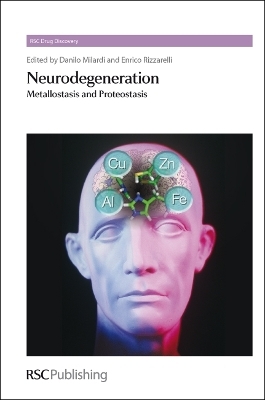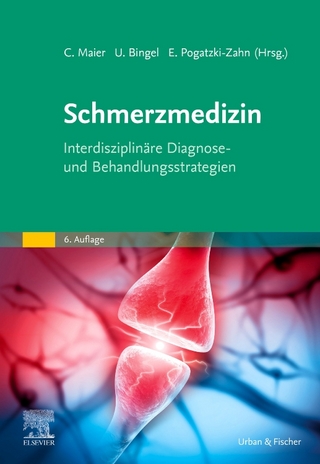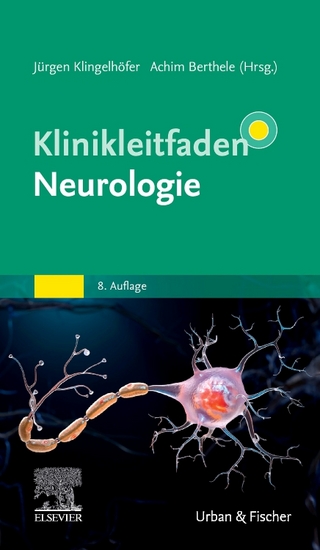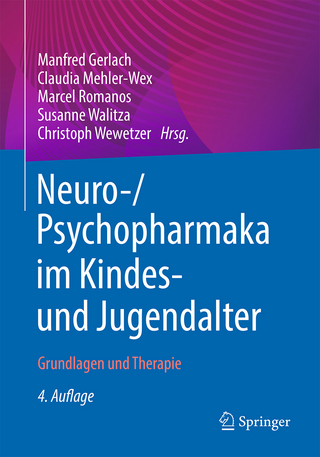
Neurodegeneration
Royal Society of Chemistry (Verlag)
978-1-84973-050-1 (ISBN)
Since Alois Alzheimer described the results of his postmortem studies in 1906, significant strides have been made in understanding the pathogenesis of neurodegenerative diseases. Substantial evidence has accumulated indicating that diverse neurodegenerative disorders might share a common pathological mechanism: the misfolding, aggregation and accumulation of proteins (termed "amyloid") in the brain. Metal ions have long been thought to catalyze protein misfolding initiating a cascade of events resulting in oxidative damage and neurodegeneration. They have, consequently, been seen as a suitable pharmacological target. However, drugs aimed at simply removing excess metals or interfering in amyloid deposition were unsuccessful and scientists have been forced to review the classical hypothesis. The latest advances suggest that deficiencies in protein homeostasis may lead to cell dysfunction and disease. Furthermore, small molecules with the potential to control metal homeostasis, or metallostasis, are expected to provide the framework for the design of novel proteostasis regulators. This book provides an up-date on the latest developments in this fast moving field. Traditional views concerning the relationship between the physio-pathological cycles of copper, zinc, iron, aluminium and the evolution of life, are compared with emerging ideas in the neuroscience of metal ions. Topics covered emphasize the importance of metals and oxidation chemistry to neuroscientists as well as providing a wider, multidisciplinary background to chemists who are attracted by these fascinating subjects. The text starts with a chapter on chemical evolution, the brain and metallomics which describes the brain's natural defences to adverse conditions. It then goes on to cover the chemistry and biology of proteostasis, environmental factors, and the role played by membranes in protein misfolding. The remaining chapters cover the role of metals and oxidative stress in Alzheimer's Disease, Parkinsonism, ALS and other neurodegenerative diseases. The book is suitable for academics, those working in industry, and postgraduate students.
Danilo Milardi obtained a degree in Industrial Chemistry from the University of Catania before going on to obtain a PhD in protein thermodynamics. He has been involved in various MIUR projects concerned with protein thermodynamics and in 1997 obtained a fellowship of the University of Catania in collaboration with Cyanamid S.p.A. He currently works as research scientist at the Italian Consiglio Nazionale delle Ricerche (CNR) - Instituto di Biostrutture e Bioimmagini. He also has extensive experience in teaching and the coordination of research projects. Dr Milardi was a member of the organizing committee of the 8th National Meeting of the Italian Liquid Crystal Society and is the author of 41 scholarly papers and 60 communications to national and international congresses. Enrico Rizzarelli is currently a professor in the Dipartimento di Scienze Chimiche at the UniversitÓ di Catania. His main research Interests include: molecular recognition processes assisted by metal ions; synthesis, characterization and biological activity of copper(II) coordination compounds; protein misfolding diseases and metal ions, and model systems of metal enzymes with antioxidant activities. He is a member of numerous scholarly societies and has been an invited speaker or chair at many national and international meetings. He regularly referees manuscripts for numerous international journals and has authored about 220 papers himself. He has co-authored and guest edited several key books and been the author of three European patents. Enrico Rizzarelli also refereed research projects on the behalf of Italian and international research bodies.
Chemical evolution, brain and metallomics;
Chemistry and biology of proteostasis;
Environmental factors affecting cellular proteostasis;
Neurodegeneration and cell membranes;
The role of Metals in the intracellular clearance of amyloids;
Speciation, coordination sites and metal binding affinities of proteins related to neurodegeneration;
Copper, Zinc and trophic factors in neurodegeneration;
Metals as catalysts of ROS production in neurodegeneration;
Metal hypothesis of Alzheimer disease;
Copper supply and metal homeostasis in AD;
The role of iron in neurodegeneration;
Aluminium in neurodegenerative diseases;
Zinc trafficking in the AD brain;
The role of metal ions in the pathogenesis of Parkinson's disease;
Metals in ALS pathology;
Metals and prion diseases
| Reihe/Serie | Drug Discovery ; Volume 7 |
|---|---|
| Verlagsort | Cambridge |
| Sprache | englisch |
| Maße | 156 x 234 mm |
| Gewicht | 1277 g |
| Themenwelt | Medizin / Pharmazie ► Medizinische Fachgebiete ► Neurologie |
| Naturwissenschaften ► Biologie ► Biochemie | |
| Naturwissenschaften ► Biologie ► Humanbiologie | |
| Naturwissenschaften ► Biologie ► Zoologie | |
| Naturwissenschaften ► Chemie | |
| ISBN-10 | 1-84973-050-4 / 1849730504 |
| ISBN-13 | 978-1-84973-050-1 / 9781849730501 |
| Zustand | Neuware |
| Informationen gemäß Produktsicherheitsverordnung (GPSR) | |
| Haben Sie eine Frage zum Produkt? |
aus dem Bereich


